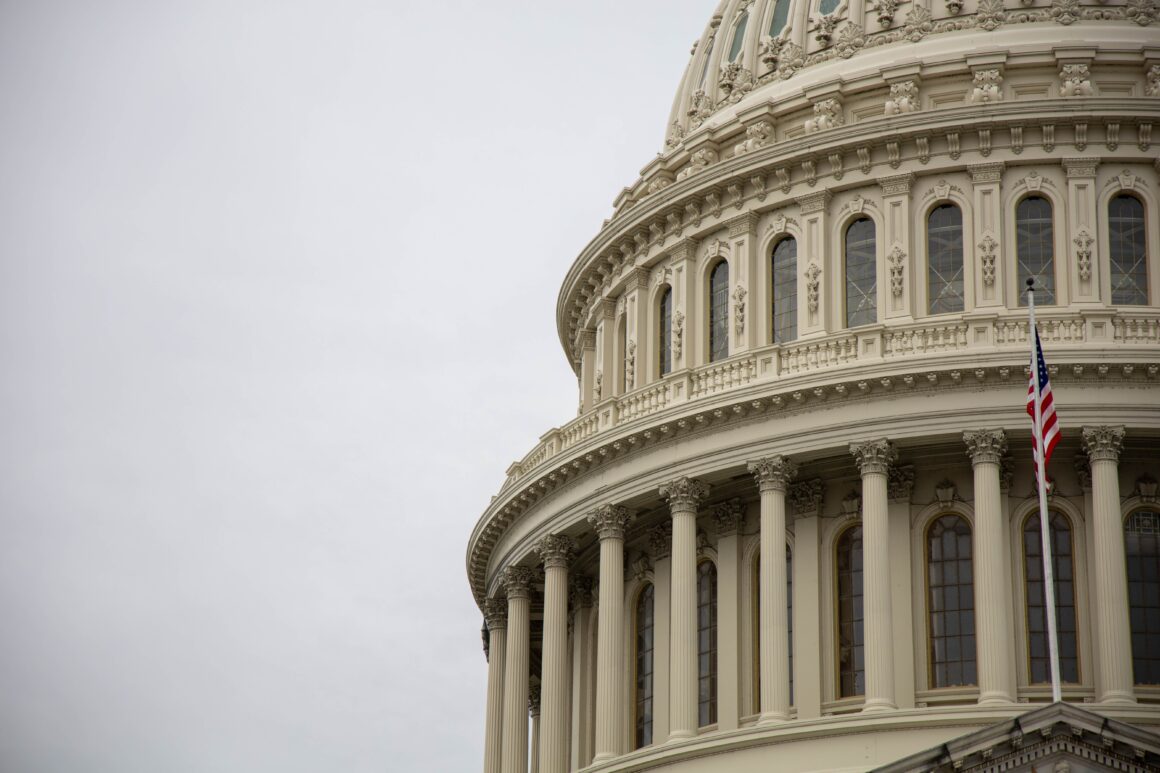As the threshold for the 2020 elections approaches, the growing political divide between the Republican and Democratic parties casts a shadow over the next generation of American voters and calls into question the influence outrage tactics have on the population.

Political polarization was initially fundamental to the United States’ growth as a nation. The divided ideologies acted as a catalyst, allowing juxtaposing beliefs regarding the United States to shape how citizens wanted the nation governed. However, as the United States turned a corner into the 21st century, the integration of mass media into the foundations of political campaigns allowed candidates to influence the population on a far more eclectic scale. Facebook was a staple of the 2012 elections — primarily utilized to encourage grassroots fundraising — but the same social media platform was quickly transformed in 2016 to become host to a different type of campaign tactic: outrage.
Outrage tactics are not unique to the 21st century; the origin is predominantly marked by the 18th century when libel lawsuits were an increasingly common phenomenon. Most recently, however, the gap in political ideologies has fostered an environment where outrage tactics are utilized by both parties to misrepresent what the party’s platform stands for.
Feminism has arguably been the most targeted cause for perpetrated outrage, evident by social media posts claiming women want Santa Claus and crosswalk icons to be female. These are manufactured stories, advertised in an attempt to discredit what feminism actually stands for and is indicative of the ever-widening gap between the parties. Feminism is not relegated to the Republican or Democratic parties; but when a Democratic candidate advocates for feminism, outrage tactics against feminism can be employed to outline that candidate as one whose platform is comprised of insignificant issues such as making Santa Claus female.
People say Santa should now be female or gender neutral – sparking debate https://t.co/xlI1GCOI4l pic.twitter.com/jd6t8GoiPT
— Daily Mirror (@DailyMirror) December 14, 2018
The role of Gen-Z is rapidly impending as 2020 brings with it the new wave of voters; but apart from being the youngest generation of voters, Gen-Z is also the most technologically adept and therefore exposed to the most amount of outrage tactics on social media. The hostility of the growing political gap entails targeted outrage approaching from each side to the other, with newer Gen-Z members caught in the middle. People derive their political identity through what they observe around them, and mass onslaughts of marginalization-driven campaigns can twist someone who is not yet politically fluent into believing lies regarding the parties. Occasional Democratic campaigns have claimed Republicans are racist, whereas a Republican campaign asserts that Democrats prioritize feelings over the good of the country.
Both parties have equally and unequivocally legitimate beliefs. Yet with the rise in outrage tactics from both sides, Gen-Z voters may be falsely coerced into believing lies about the other party. It should also be noted that the adolescent years are the time when individuals discover their identities and as such are the most impressionable times of someone’s life.

Mass media, academics, home life, and a myriad of additional circumstances factor into how a person politically leans. And with the onslaught of false tactics painting out each side to be immoral, Gen-Z voters — who will shortly be deciding the future of America’s leadership — are left at the mercy of outrage tactics, potentially unable to discern the stereotypes of Republicans and Democrats from a party’s actual platform.
Photo by Element5 Digital




